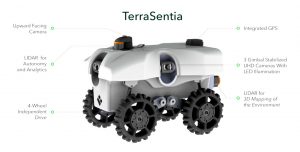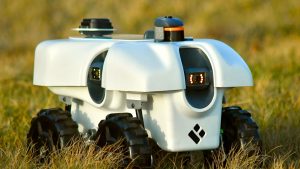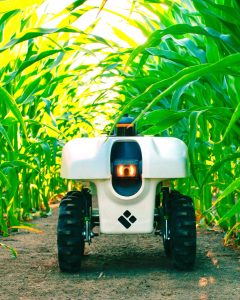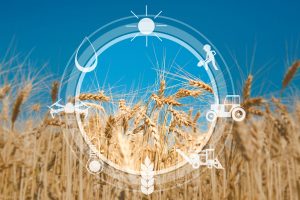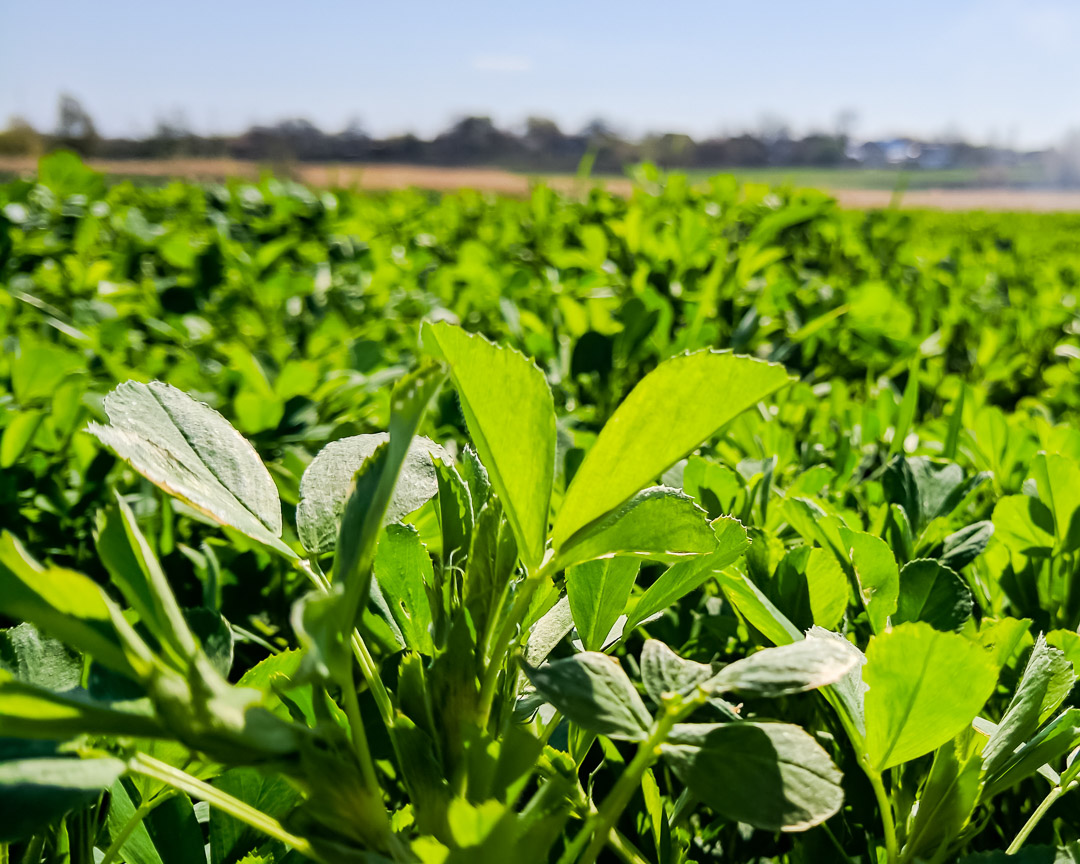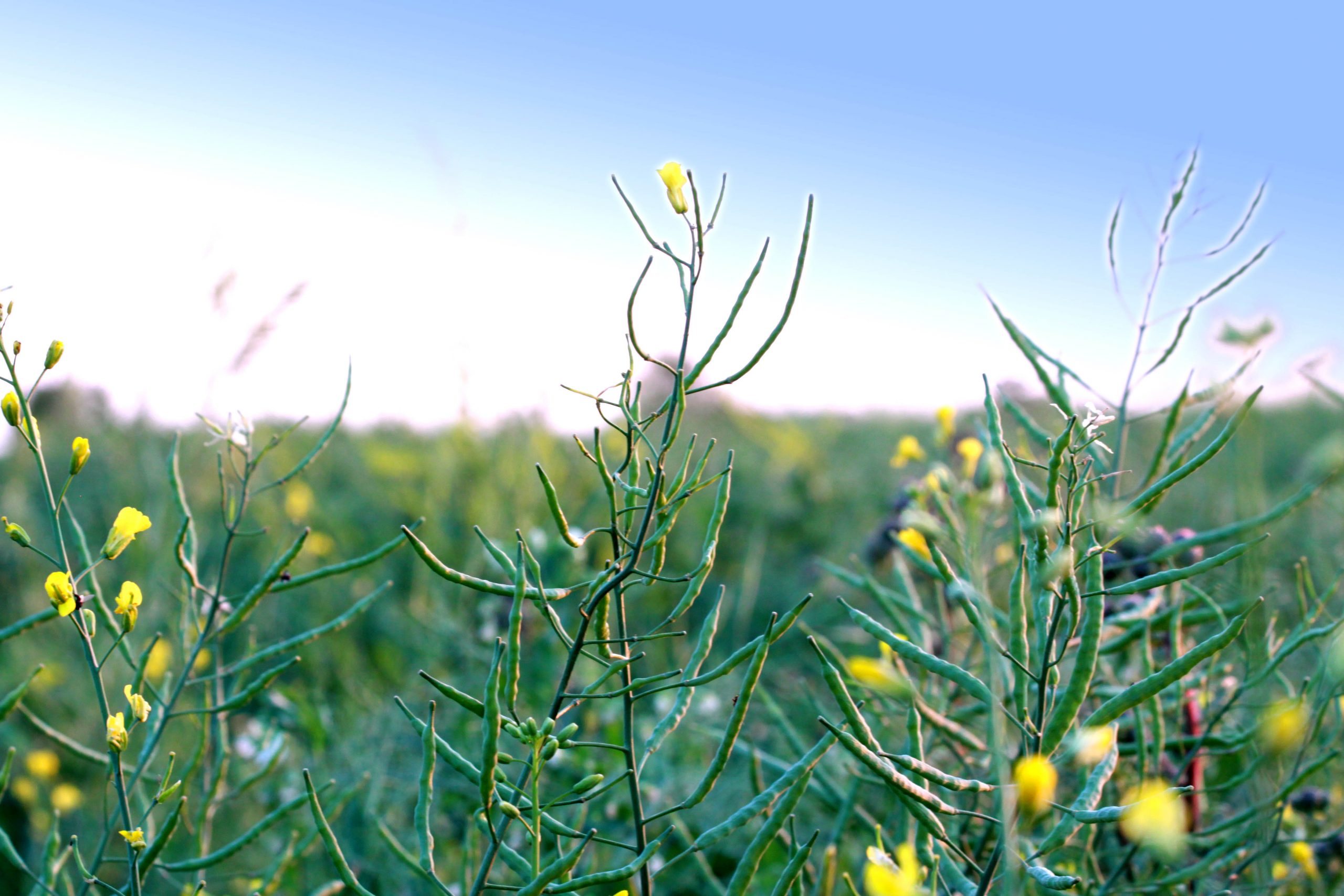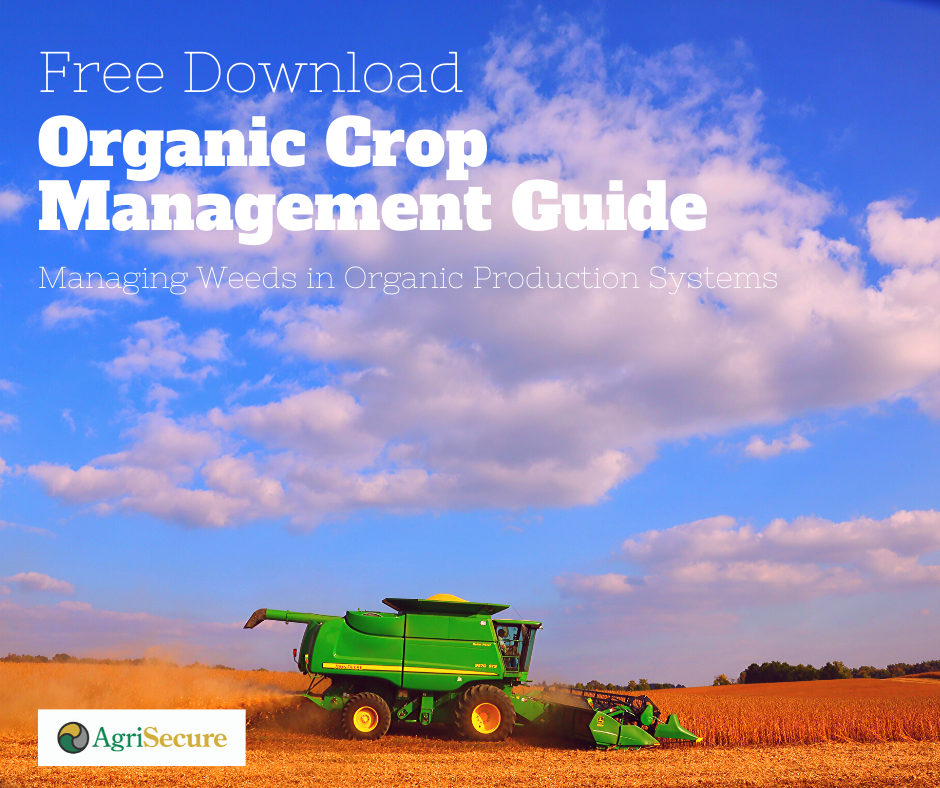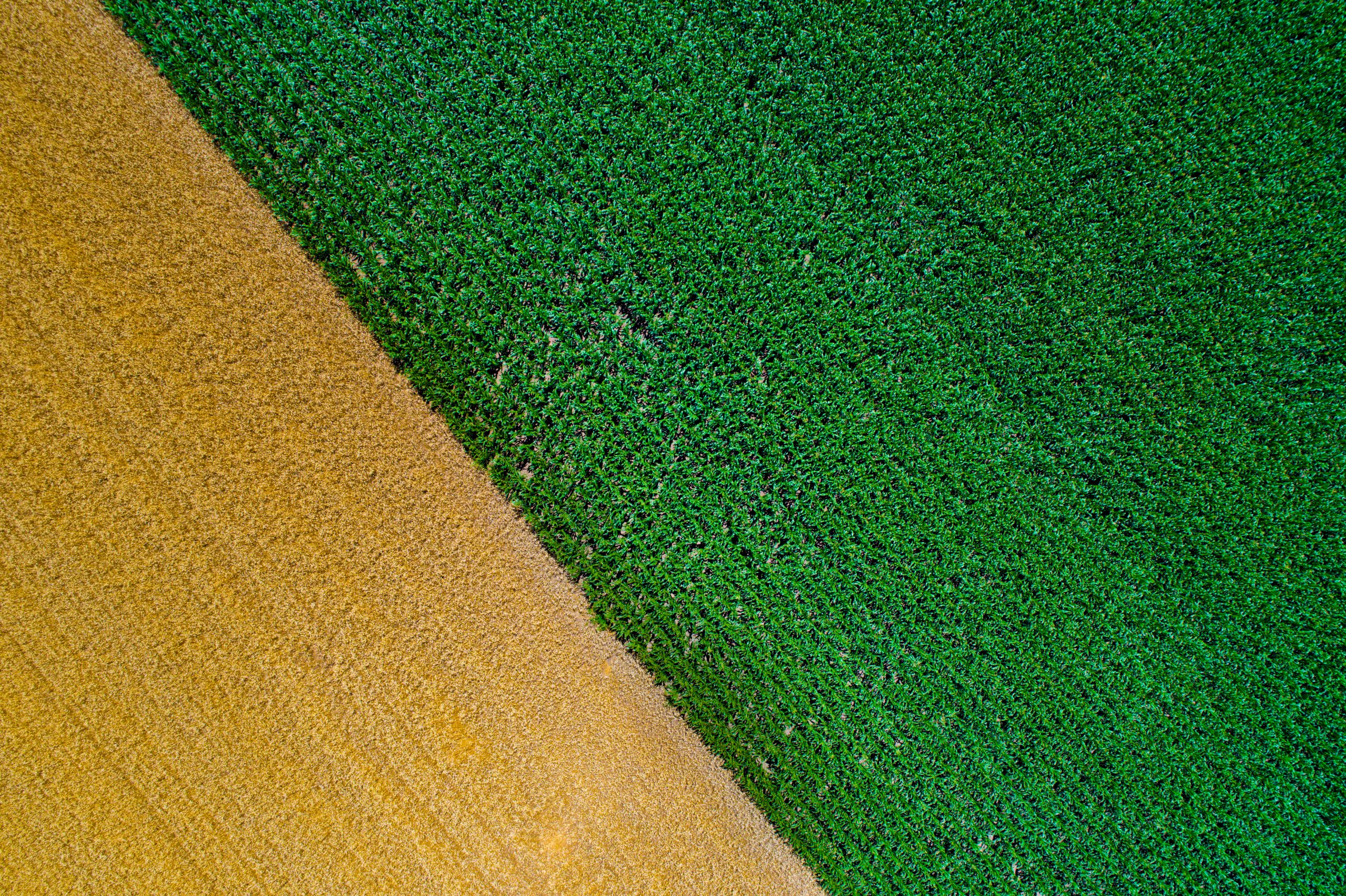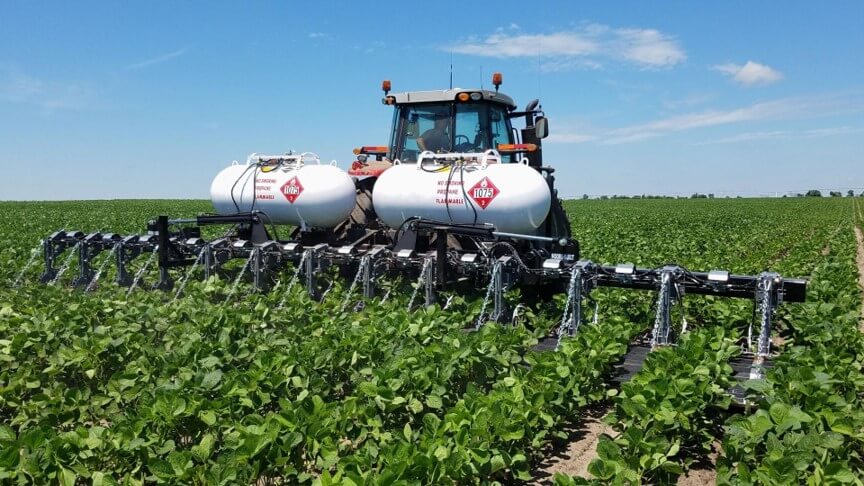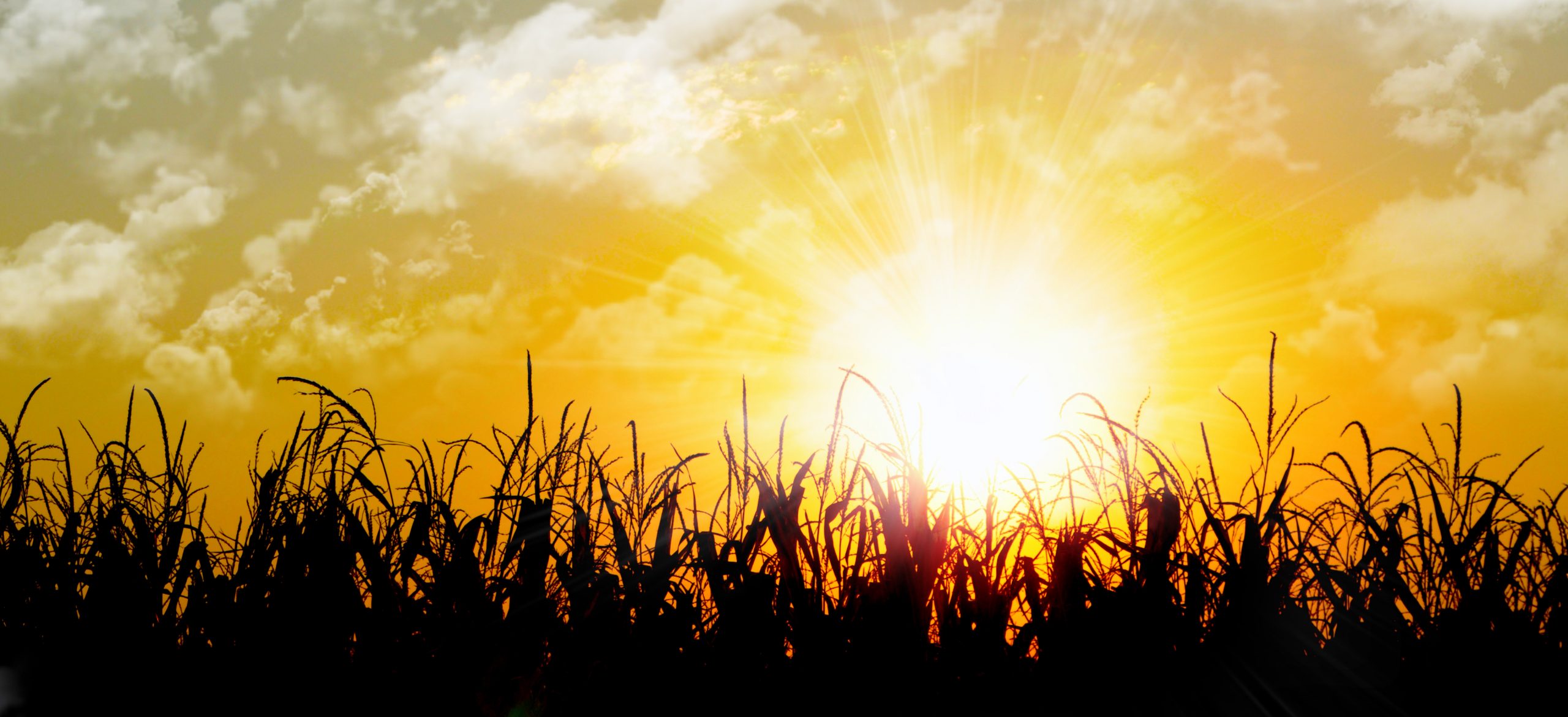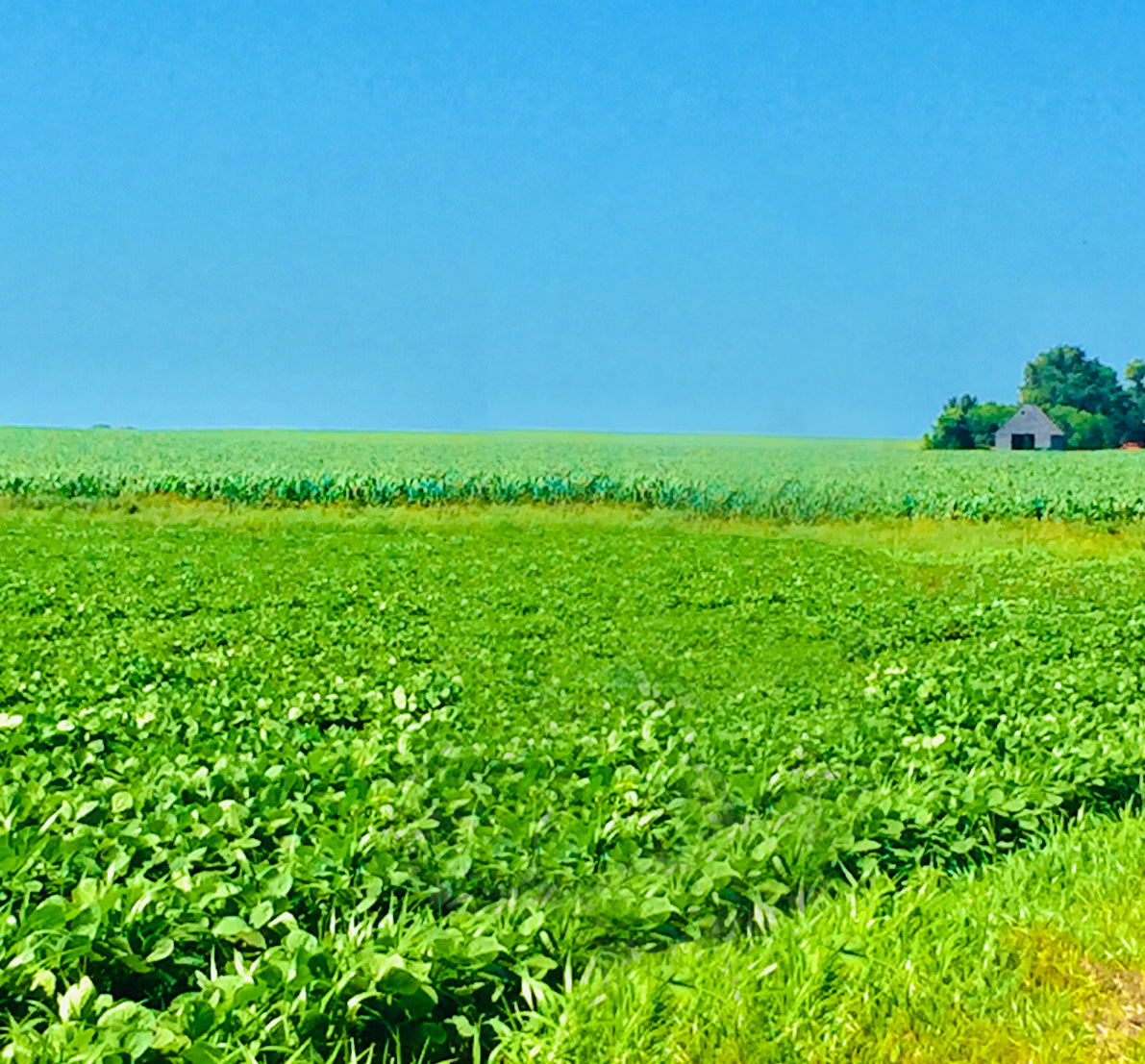- Published On: March 23, 2021
- Author: AgriSecure
Organic farmers know the best defense against weeds is to play offense. You need a game plan that keeps weeds from going to seed and emerging. Enter robotic farming.
Robots solves organic weed control challenges
Two of the key practices currently used for weed prevention are cover crops and tillage. A good cover crop stand can suppress weeds while improving soil health, further keeping weeds at bay. And tillage terminates weeds right on the spot.
But the challenge with these two strategies is timing. Most farmers have to wait until after harvest to seed cover crops, which can result in a weaker stand. And tillage is only a viable option before the crop gets too tall.
One emerging solution to these challenges? Robots. Small, lightweight robots that can travel down the rows throughout the season, no matter the crop size.
A leading company working on such solutions is EarthSense. We talked with the startup’s CEO and co-founder Chinmay Soman about EarthSense’s innovations and how they can help organic farmers tackle these two challenges—and do it at a low cost.
Capturing under-canopy crop data
Based in Champaign, Ill., EarthSense was founded in 2016 with the vision to create affordable and scalable robots for row crop farmers.
It started with a discussion between Chinmay and co-founder and CTO Girish Chowdhary. They recognized that emergent technologies of robotics and artificial intelligence (A.I.) would be important tools for farmers. So they talked to a few hundred farmers and agronomists across the Midwest to learn how these technologies could help them.
That’s when they discovered a need for collecting data underneath the crop canopy.
“One of the agronomists we spoke with actually said, ‘If you could only make your drone fly underneath the crop canopy, that would get me the data I need,’” Chinmay recalls.
That spurred the idea for a lightweight, sophisticated robot that can run between the rows collecting imagery data. They also needed A.I. to analyze the imagery and indicate what was happening in different parts of the field.
That resulted in their first robot, TerraSentia, a field phenotyping system that can measure critical plant traits. Seed companies use it to evaluate new varieties, while farmers use it to determine which varieties work for their fields. More than 40 TerraSentia robots were deployed across the U.S. for field phenotyping in 2020.
Killing weeds before they take root with robotic farming
Since launching the company 5 years ago, EarthSense continues to come across farming challenges they can solve with robotics. Weeds are a top one.
“One of the things we’re seeing with increasing urgency is how these herbicide-resistant superweeds are really starting to hurt the bottom line,” Chinmay says. “That really motivated us to deeply think about how the weed germination and weed growth process works.”
Over the past couple of years, they’ve tested a new prototype by adding a simple weeding mechanism to their existing data-collection robot. With a small team of 3 or 4 robots, organic farmers could cover a field every 2 or 3 days and control the weeds as soon as they’re germinating.
“At that stage, they’re really easy to terminate,” Chinmay says. “But once they take hold, even if it’s a couple of weeks old, it sends down roots and you’re stuck trying to kill weeds with pretty expensive methods.”
A low-cost interseeding option
With an increasing interest in sustainable and regenerative practices, EarthSense also started seeing a demand for new cover crop seeding methods. This was especially the case in the upper Midwest, where the weather is often too cold for a cover crop to establish after harvest.
The solution is to interseed the cover crop into the cash crop, so it can start growing before harvest.
There are options already available on the market, but each has its own drawbacks. Aerial seeding with an airplane or helicopter may not result in a uniform stand, as the seed can blow or catch in the cash crop. Highboy seeders have better seed-to-soil contact but may be cost prohibitive. Chinmay says cost was the primary issue they heard from farmers about interseeding.
That prompted Earthsense to make a low cost interseeding robot, with the ability to carry 50-60 pounds of seed.
“We’re focusing on making the cover crop planting cost a lot less. Half of what it currently costs,” Chinmay says. “And making it possible to plant well before the end of the season.”
“We’re focusing on making the cover crop planting cost a lot less. Half of what it currently costs. And making it possible to do it at the end of the season.”
Chinmay Soman, EarthSense CEO and founder
Robotic farming as a service
Based on the feedback EarthSense has received, they plan to deploy robotic farming as a custom service, where farmers pay a per-acre fee. They’ve started the process of exploring potential business partnerships with co-ops and ag retailers that could run the robots.
But for farms that are interested in owning their own fleet, Chinmay says that will also be an option. EarthSense has created a simple, well-designed tablet application so that the robots are easy to operate.
How can robotic farming help your organic operation?
EarthSense is still in the field testing stage. That means now is the best time to let the company know what you want and help influence product development.
AgriSecure plans to team up with EarthSense in 2021 to test some of their robots. This will help us stay on top of trends so we can help our Members identify new best practices and emerging technologies.
“At this point, the more we hear from growers, the better we can take the next steps to make sure that our robotic farming products are suitable for them,” Chinmay says. “Guidance from farmers has been our secret to success. We would love to continue that.”
If you have some ideas on how robotics can help your organic operation, you can contact EarthSense through their website or email Chinmay directly at chinmay@earthsense.co.
Solving issues here and now
Unfortunately, organic farmers can’t wait for robots to tackle their weed woes. If you’re struggling with weeds or getting your cover crop seeded, AgriSecure can help. We’ll help devise a plan that works with the tools you have to keep your fields clean and productive.
Related Articles
-
Cover Crops Bring Big Benefits to Organic Farms
We always stress the importance of a diverse crop rotation to achieve long-term organic success. But what if market opportunities for organic crops in your area are limited? How can you diversify your rotation with just a few cash crops? Answer: Cover crops. Even though you don’t sell them like cash crops, they can still […]
-
Intercropping for Profit and Weed Management
Organic row crops can be sold for high premiums. And as an organic farmer, successfully controlling weeds is often central to achieving the highest level of profitability. Enter intercropping for profit and weed management! Intercropping allows you to grow at least one high-value organic crop, such as yellow field peas, while effectively suppressing weeds and […]
-
4 Keys to Choosing and Using Organic Crop Inputs
Growers understand that switching from a conventional farming system to organic means giving up certain products like genetically modified seed and synthetic herbicides. But that doesn’t mean organic farmers do not have crop input options. In fact, aside from nitrogen fertilizers and herbicides, most conventional inputs can be found in organic forms, and through use […]
-
Watch “Going Organic: Crops of the Future”
Thinking of going organic? Wondering what it might look like for your farm in the future? Watch the in-depth discussion between organic farmers J.P. Rhea AgriSecure founder J.P. Rhea, Travis Heide, and Rusty Olson at FBN’s Farmer2Farmer V event to gain insights into the path of organic so that you can make more educated decisions […]
-
Want Organic Premiums and Clean Fields?
AgriSecure understands that making the decision to “go organic” on some (or all) of your acres is a big deal. In particular, starting the transition process requires confidence in Weed Management practices and tools. AgriSecure has developed a FREE Guide to help farmers gain a better understanding of how weed management can be possible in […]
-
Long-Term Organic Success = Rotation, Rotation, Rotation
You’ve heard the saying, “location, location, location.” The real estate mantra is used to remind people that where a property is located is often the most important factor in its value. In organic farming, the same can be said about rotation. Having the right rotation in place is critical for year-to-year success and the long-term […]
-
Ag Tech Makes Large-Scale Organics Possible. And Profitable!
Many farmers believe modern ag technology doesn’t apply to organic production. And there is some truth to that. Many organic farmers have small, 40-acre operations where technology isn’t used. But for large-scale organic row-crop operations, a lot of the technology used on conventional farms can still be utilized, and often will result in a higher […]
-
5th-Generation Farmer Profits with Hog Manure in Organics
When Rusty Olson saw that the farm economy was “sliding sideways,” he started looking for opportunities to bring in more revenue from the farm. A fifth-generation farmer in Garner, Iowa, he had recently achieved his goal of expanding the family corn-and-soybean operation from 1,000 acres to 2,000. He wanted to focus on the farm and […]
-
Organic Transition Success Sits on a 3-Legged Stool
Becoming an organic producer does not happen overnight. Obtaining organic certification requires a 36-month period where a field has not had any prohibited substance or genetically modified crops on it. These 3 years known as the transition process can either set your organic operation up for success or struggles. To help ensure success, we recommend […]
-
Profits and Soil Health Draw 4th-Generation Farmer to Organics
Chuck Thompson was tired of living hand-to-mouth. Like many farmers, he grew up on a traditional, corn-and-soybean operation in Humboldt, Iowa, and returned to it after college. Today, he and his brother farm with their father, making them the fourth generation of the family farm. But in the last decade, the Thompsons have struggled to […]
Get in the know
Our newsletter, it’s a quick read. You’ll get industry news plus all the latest organic insights. Who doesn’t want that?

